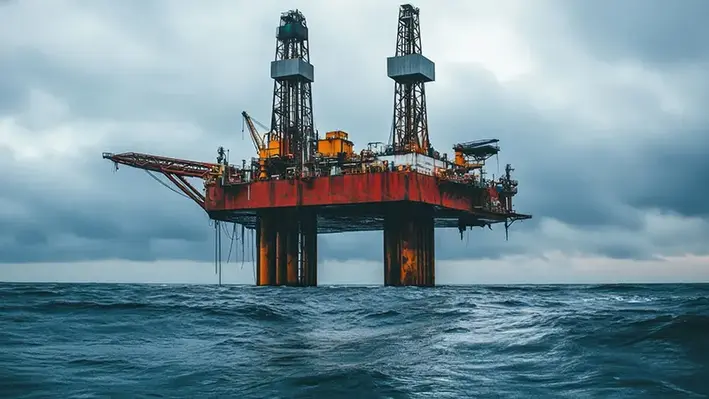 Abandoned oil and gas facilities are a significant source of methane emissions, according to the IEA’s recently-released Global Methane Tracker 2025.
Abandoned oil and gas facilities are a significant source of methane emissions, according to the IEA’s recently-released Global Methane Tracker 2025.
IEA analysis suggests that the energy sector was responsible for around 145 Mt of methane emissions in 2024 – more than 35% of the total amount attributable to human activity. Oil operations were responsible for around 45 Mt, natural gas operations for nearly 35 Mt, and abandoned wells for around 3 Mt. An additional 2 Mt of methane leaked from end-use equipment.
Most properly plugged wells emit negligible amounts of methane. But if wells are not properly decommissioned and sealed, they can continue emitting methane for many years, through cracks, fissures and gaps. Most emissions result from wells that have recently been abandoned, which highlights how essential it is to plug and monitor wells that are no longer operational in a timely fashion.
The IEA notes that emissions from abandoned facilities are not given sufficient attention in policies and regulations. It argues that governments can play a critical role, for example by requiring close and decommissioning plans to incorporate measures to mitigate methane emissions. Here, a distinction need to be made between wells for which an operator is accountable and those for which no operator can be identified, ie “orphaned” facilities. In cases where an identified operator is responsible, governments can require operators to perform closure activities for assets being decommissioned, such as plugging and well integrity monitoring. Governments can require operators to set aside funds throughout the asset’s life to finance the decommissioning of abandoned wells.
In the case of orphaned wells, governments can inventory these facilities to identify the main methane emitters. The USA for example has established a programme to identify and inventory orphaned wells on federal lands, which includes measuring and tracking their methane emissions. Western Australia is among those jurisdictions which have undertaken similar inventories. While under the EU Methane Regulation, Member states are required to establish inventories of non-producing wells, identify responsible parties, and take action to mitigate any emissions by August 2025.
To reduce methane emissions from orphaned wells, governments can provide public funding for plugging and sealing. Closure projects could also be made eligible for carbon credits, allowing project operators to trade these credits on carbon markets, the IEA suggests, adding that fees collected from operational assets could help to finance closure activities.




